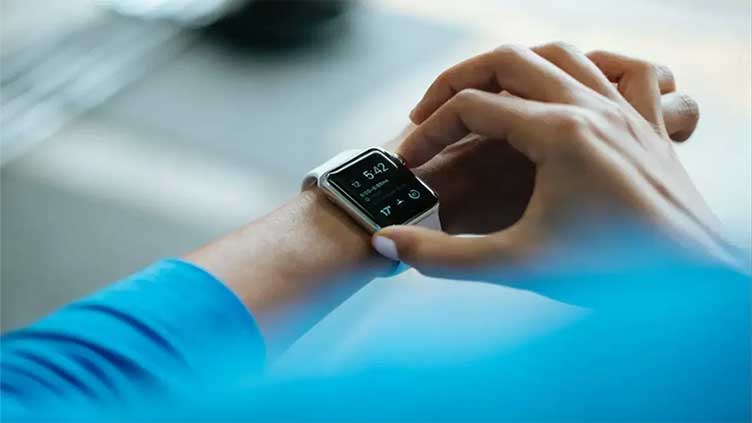Researchers experiment with wristwatch to track signs of PTSD

Researchers experiment with wristwatch to track signs of PTSD
(Web Desk) - In clinical studies, a novel technology is being used to enable therapists to track the signs of post-traumatic stress disorder in veterans.
The gadget resembles a typical wristwatch and was created by the telehealth technology company Zeriscope.
Bio Ware allows therapists to speak with patients via a Bluetooth earpiece and view what they are seeing with a small camera while also monitoring physical responses to PTSD, such as breathing and pulse rate. This enables a therapist to virtual share the patient’s experience while assisting them in coping with external stressors.
The apparatus is being used as a component of a process known as in vivo exposures. By placing PTSD patients in safe yet triggering situations, this therapy helps them develop the skills necessary to deal with their triggers in a healthy way.
Veterans frequently experience PTSD, which can take many different forms and have many different triggers. A PTSD reaction might be brought on by loud noises, crowded places, or familiar smells that remind someone of a terrible incident.
According to MUSC Health researchers, “Bio Ware offers a clinician dashboard with real-time physiological and subjective data for doctors to employ for digitally assisted IVEs.”
Service members from Charleston, South Carolina’s Ralph H. Johnson VA Medical Center were randomly selected as study participants. PTSD affects between 11% and 30% of veterans, according to a MUSC Health news release.
Sudie Back, a researcher and co-author of the paper, said: “What I find so fascinating about this new Bio Ware device is that when used alongside evidence-based, exposure treatment approaches for PTSD, we’ve observed considerably greater benefits for our patients.”
“To my knowledge, this is the first instance in which we have been able to virtually accompany patients during their in vivo exposures and have immediate access to their physiological data at the moment to really help them get the most out of those exercises, which I believe will translate into them experiencing significantly fewer PTSD symptoms,” she added.

